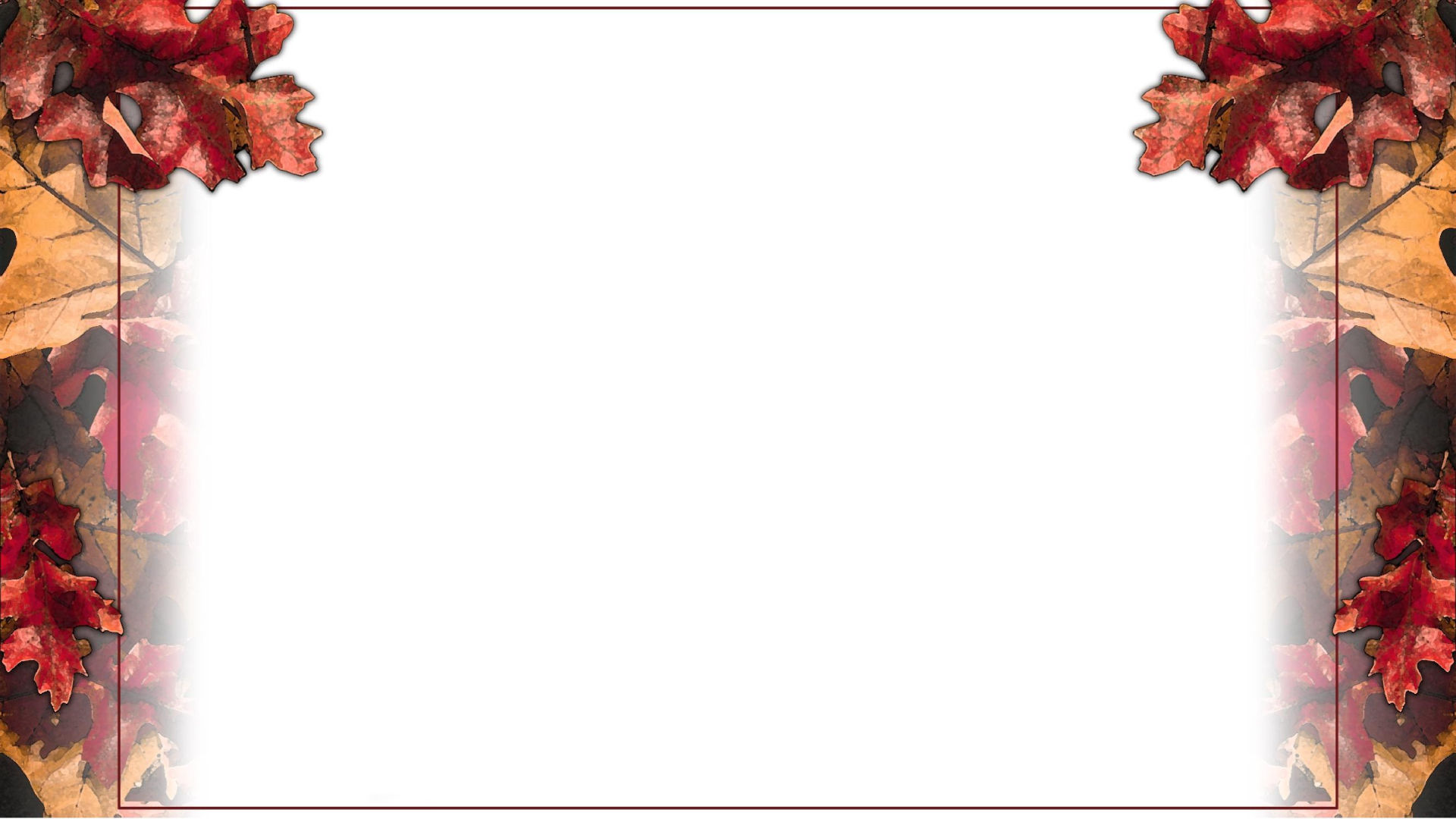
.jpg)
THE SHETLAND
Originated in the Shetland Islands off the northeast coast of Scotland bred as a working dog, to herd
and protect the livestock. It is believed that the Shetland Sheepdog and the larger herding Collie have a
common ancestor, a herding dog the Border Collie. Dogs that stayed on the Scottish mainland
developed into the Rough Collie & those taken to the Shetland Isles were downsized and developed
into the Shetland Sheepdog. Shetland Sheepdogs have the same appearance to the Rough Collie.The
Kennel Club recognized the breed in 1914, & became a completely separate breed known as the
Shetland Sheepdog.
The Sheltie may be reserved toward strangers and is protective of his family, making him a good watch
dog who will alert to any intrusion with enthusiastic barking. Shyness, timidity, or nervousness, however,
are not characteristic of the breed. An are known to be barkers
NECK:
Neck should be muscular, arched, and of sufficient length to carry the head proudly.
FOREQUARTERS:
From the withers the shoulder blades should slope at a 45-degree angle forward and downward to the
shoulder joint. At the withers, they are separated only by the vertebra, but they must slope outward
sufficiently to accommodate the desired spring of rib. The upper arm should join the shoulder blade as
nearly as possible at a right angle. Elbow joint should be equidistant from the ground or from the withers.
Forelegs straight viewed from all angles, muscular and clean, and of strong bone. Pasterns very strong,
sinewy and flexible.
BODY:
In over-all appearance the body should appear moderately long as measured from shoulder joint to ischium
(rearmost extremity of the pelvic bone), but much of this length is actually due to the proper angulation and
breadth of the shoulder and hindquarter, as the back itself should be comparatively short. Back should be
level and strongly muscled. Chest should be deep, the brisket reaching to point of elbow. The ribs should
be well sprung, but flattened at their lower half to allow free play of the foreleg and shoulder. There should
be a slight arch at the hip bone (pelvis) should be set at a 30-degree angle to the spine. Abdomen
moderately tucked up.
HINDQUARTERS:
The thigh should be broad and muscular. The thighbone should be set into the pelvis at a right angle
corresponding to the angle of the shoulder blade and upper arm. Stifle bones join the thighbone and should
be distinctly angled at the stifle joint. The over-all length of the stifle should at least equal the length of the
thighbone, and preferably, should slightly exceed it. Hock joint should be clean-cut, angular, sinewy, with
good bone and strong ligamentation. The hock (metatarsus) should be short and straight viewed from all
angles. Dewclaws should be removed. Feet should be oval and compact with the toes well arched and
fitting tightly together. Pads deep and tough, nails hard and strong.
TAIL:
The tail should be sufficiently long so that when it is laid along the back edge of the hind legs the last
vertebra will reach the hock joint. Carriage of the tail at rest is straight down or in a slight upward curve.
GAIT:
The trotting gait of the Shetland Sheepdog should denote effortless speed and smoothness. There should be
no jerkiness, nor stiff, stilted, up-and-down movement. The drive should be from the rear, true and straight,
dependent upon correct angulation, musculature, and ligamentation of the entire hindquarter, thus allowing
the dog to reach well under his body with his hind foot and propel himself forward. Reach of stride of the
foreleg is dependant upon correct angulation, musculature and ligamentation of the forequarters, together
with correct width of chest and construction of rib cage. The foot should be lifted only enough to clear the
ground as the leg swings forward. Viewed from the front, both forelegs and hind legs should move forward
almost perpendicular to ground at the walk, slanting a little inward at a slow trot, until at a swift trot the feet
are brought so far inward towards centre line of body that the tracks left show two parallel lines of
footprints actually touching a centre line at their inner edges. There should be no crossing of the feet or
throwing of the weight from side to side.
Excerpts relating to Shetland Sheepdog standard quoated from the CKC
The Shetland
Reference Links
Vwd
http://www.vetgen.com/canine-ref-vwd-sheltie.htm
http://www.canadasguidetodogs.com/health/vwd.htm
Hip
http://www.canadasguidetodogs.com/health/hip.htm = has you tube
http://en.wikipedia.org/wiki/Hip_dysplasia_(canine)
Thyroid
http://www.canismajor.com/dog/thyroid.html
Eyes
http://www.upei.ca/cidd/Diseases/ocular%20disorders/Progressive%20Retinal%20Atrophy.htm
http://www.animaleyecare.net/diseases/pra.htm
http://www.canadasguidetodogs.com/health/eyes.htm#pra
Like all breeds, the Shetland Sheepdog is susceptible to some health problems, including: Progressive
http://www.library.illinois.edu/export/vex/toxic/comlist.htm - plants poinson to dogs
http://www.mscc.ca/urolithiasis.html- Bladder Stones
http://www.mscc.ca/pancreatitis.html- Pancreatitis
http://www.labbies.com/anaphyl.htm
